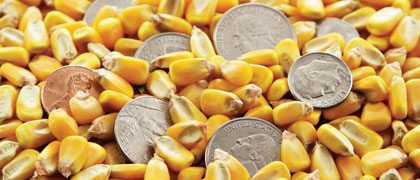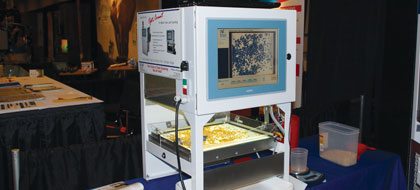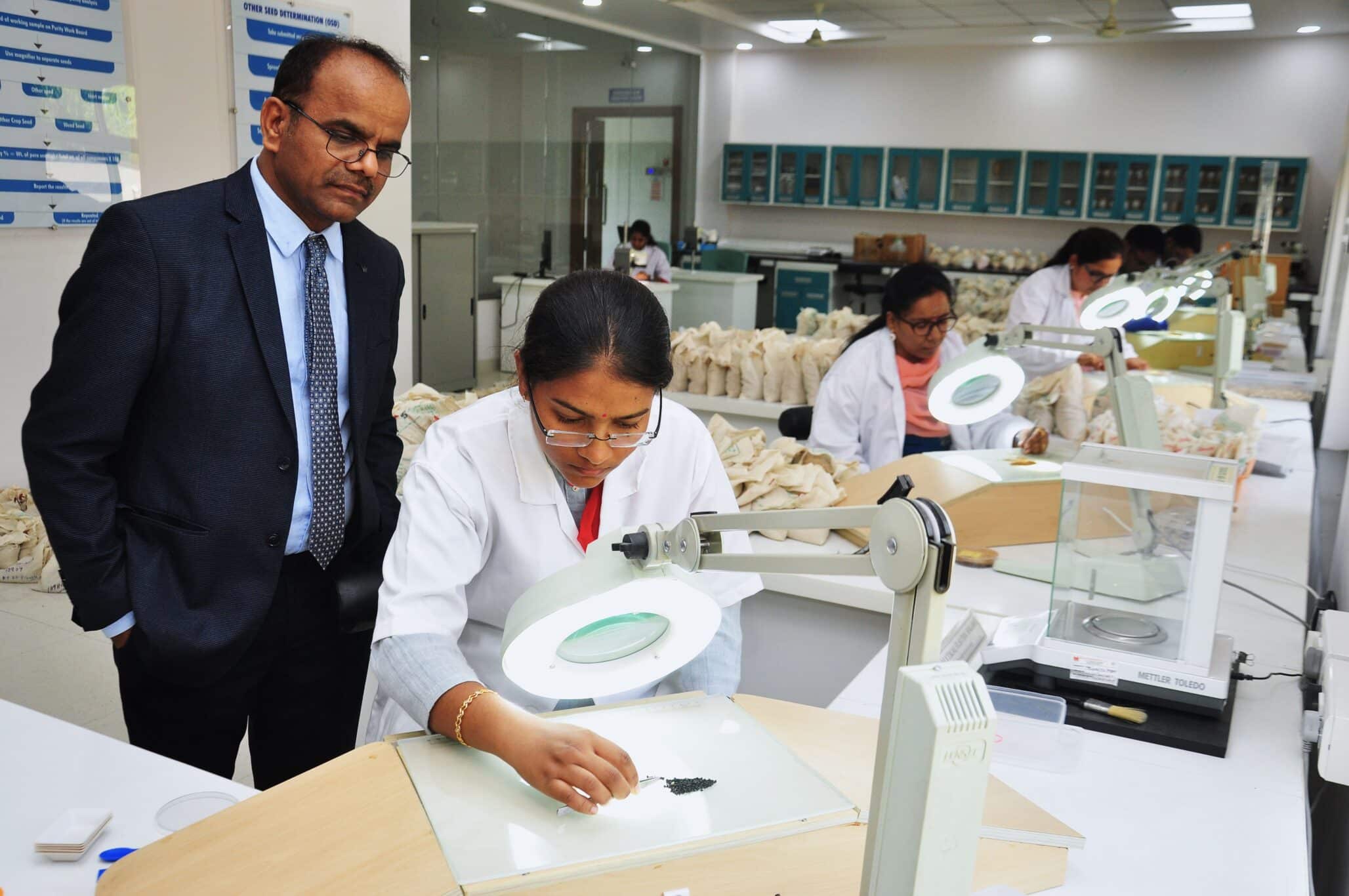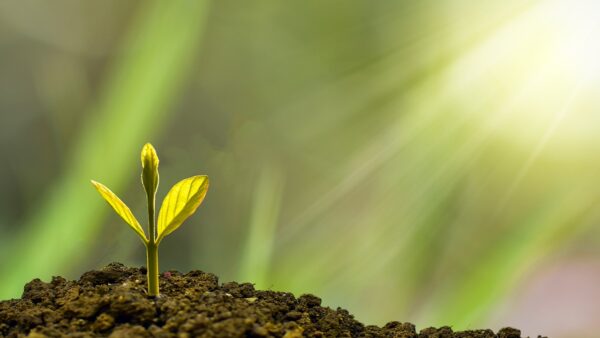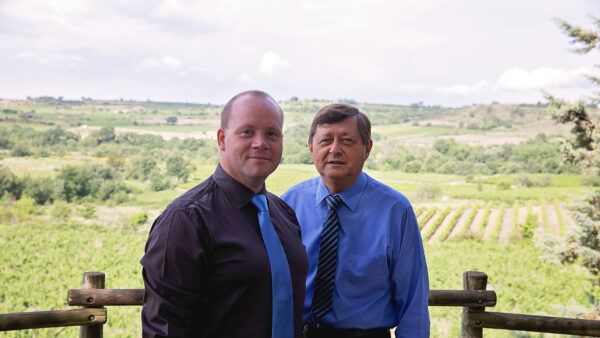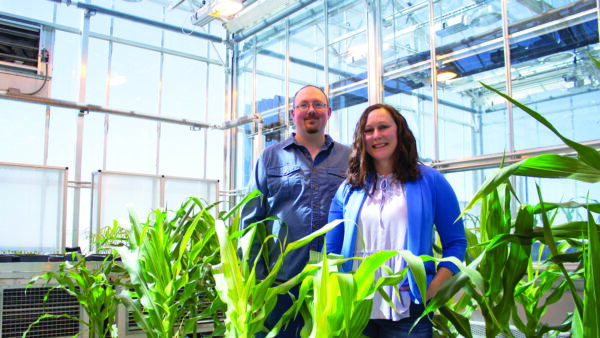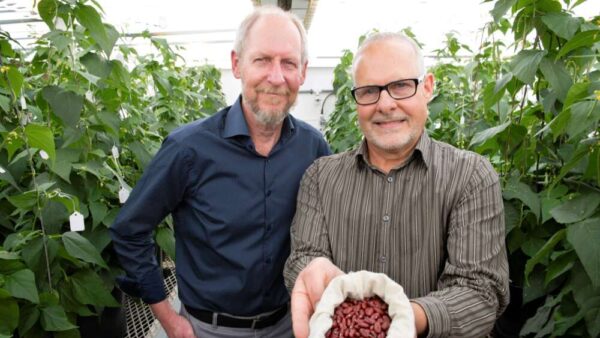Ensuring Seed Quality
From more efficient testing methods to high-speed seed counters with imaging capabilities, seed testing is rapidly becoming a critical player in the seed sector today.
Seed is a valuable investment today. Prices for a bag of corn or soybean seed are higher than ever before. Growers want to ensure they are protecting that investment to the best of their ability.
“Seed testing is more important than ever before because the price of seed corn, as an example, is so high; seed companies want accurate information on that seed bag so they can make sure the farmer they sell the seed to is getting what they paid for,” says Neil Foster, president of the Illinois-based Society of Commercial Seed Technologists.
According to Michael Stahr, manager of the Iowa State University Seed Laboratory, it is important to seed companies to identify which seed lots are of high quality and hopefully of high vigor. “I think seed testing is more important than ever before because even more is riding on the seed being high quality and being of the proper genetics,” he says.
However, when it comes to new technology, Foster says there aren’t a lot of new testing procedures being developed.
Beni Kaufman, secretary general of the International Seed Testing Association, puts it another way. “Seed testing can never be on the cutting edge of technology because we have to have tried methods; there can be no risk-taking,” he says.
Iowa State University Seed Lab’s OptiCount high speed seed counter.
Evolving Technology
Despite the limited introduction of new tests, seed testing continue to move forward. Several significant advancements in seed testing have been made in the last few years, and Kaufman says many other trials are being testing that could lead to exciting new developments.
“The way the industry defines seed quality is not likely to change soon; however, the methods seed technologists test it by are evolving constantly,” says Kaufman.
For example, traditional genetic and trait purity methods are being replaced with new, molecular methodologies. “Although not brand new, one of the biggest advancements is the use of DNA instead of protein in checking that seeds are true to variety. Electrophoresis has been used for many years and has been effective, but single nucleotide polymorphism, or SNP, testing allows more efficient testing,” says Stahr.
A second advance is the availability of high-speed seed counters, some of which also have imaging capabilities. “It is not an exaggeration that seed lab customers need results yesterday and so anything that promotes efficiency without sacrificing accuracy is a plus,” says Stahr. “The imaging capabilities have the potential for determining the breakdown of sizes of seeds electronically in addition to traditional methods and for Integrated Refuge Corn—refuge-in-a-bag—they may be used to determine the percentage of refuge product in a sample.”
“We need to ensure the quality of the seeds farmers are putting in to the ground.”
|
Focus on Purity
Purity analysis, including purity separations and other seed determinations, can be very time consuming and is therefore another area where new technologies are cropping up. These include:
• Uniform blowing procedure—The uniform blowing procedure is widely used in laboratories that test grass seed crops, to separate empty florets and other lightweight inert matter from pure, well-developed seeds. Laboratories are using the blowing process in a broad range of species to make preliminary separations, in order to increase the efficiency and effectiveness of the purity analysis. Despite the potential applications of the uniform blowing procedure, the use of this technology is still limited. Its applications can be expanded to additional species, to achieve greater consistency among laboratories in separating lightweight inert matter. Blowers that can handle large sample sizes in various grass crops and cereals are needed.
• Ergovision system—An important aspect for seed testing laboratories is the ergonomic working conditions of the purity analysts. The Oregon State University Seed Laboratory has developed a purity testing system called the Ergovision system, which is mainly used in purity testing of small seeded species such as grasses or vegetables. Its value lies in its ergonomic design, a fibre-optic light for image clarity, optimum magnification and an automated seed flow in the field of view.
• Molecular technologies—Molecular methods such as SDS-PAGE and SSR markers are being used in a few laboratories, mostly for variety identification, and in some cases to assist analysis when more detailed variety analysis and confirmation of a variety is needed. With additional research, this technology can be expanded for use with seeds that cannot be distinguished simply by morphological characteristics.
• Seed scanner—As purity analysis is very time consuming, especially for small seeds, a seed scanner that does part of the separation work is of much interest. Few models are available in the market today. Some laboratories believe that the ones that have been presented so far do not produce accurate results.
Stahr says in the end, when it comes to seed testing developments, it is more about an evolution in technology, and resulting changes to seed testing rules, then completely reinventing the wheel.
“The Association of Official Seed Analysts and the Society of Commercial Seed Technologists continue to update the Rules for Testing Seeds to reflect changes in seed products, such as species formerly considered to be weeds now being considered native species which are used along roadsides, in prairies, and for other purposes,” says Stahr.
It all comes down to ensuring what’s inside the seed bag is what a company says it is.
“There is no question that seed testing is becoming more important,” says Kaufman. “We need to ensure the quality of the seeds farmers are putting in to the ground. Seed testing is a critical part of the seed industry’s challenge of feeding the world.”
Julie McNabb
| New DevelopmentsSome developments in seed testing from around the world include: • SpectraSeed—Seed phenotype database through spectral imaging • Seed identification of medicinal plant species using machine vision • Development of a diagnostic tool and resource for seed identification with Lucid and imaging technologies • An image analysis for determination of genetic purity of different wheat varieties—Biochemical and Imaging Technique for Analysis • Speed of seed imbibitions related to seedling evaluation—precocious criteria from image analysis to predict the seedling type in germination test • Multiplex detection of plant pathogens—xMAP technology uses color coded microspheres and allows cost effective multiplex detection of up to 100 targets simultaneously |


